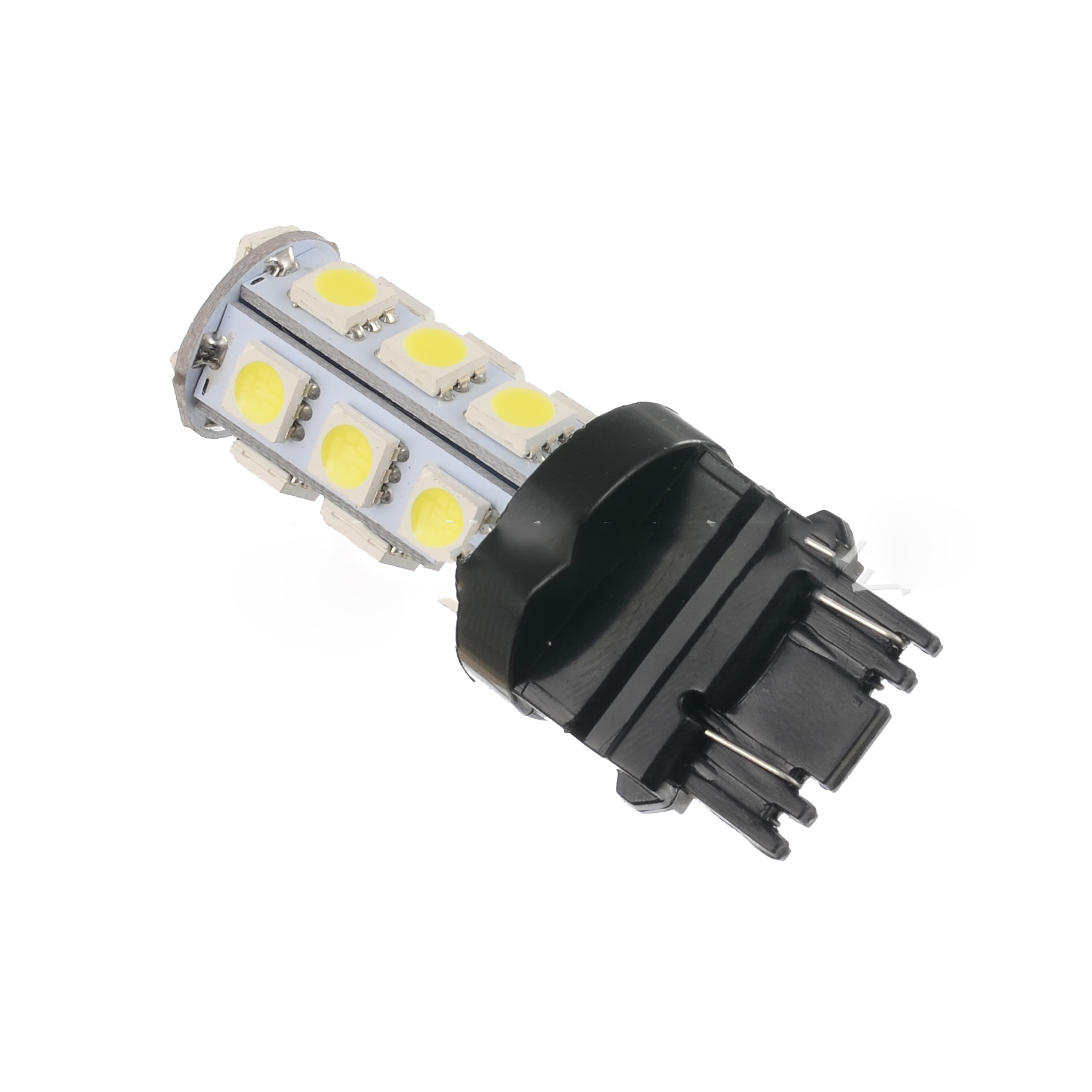

Articles
What Cars Fit A 7443 LED Bulb
Modified: December 7, 2023
Discover which cars are compatible with the 7443 LED bulb. Read our informative articles and find out how to upgrade your car's lighting system.
(Many of the links in this article redirect to a specific reviewed product. Your purchase of these products through affiliate links helps to generate commission for Storables.com, at no extra cost. Learn more)
Introduction
Welcome to our comprehensive guide on 7443 LED bulbs and their compatibility with different car models. With advancements in technology, LED bulbs have become a popular choice for car owners who want to upgrade their vehicle’s lighting system. The 7443 LED bulb, in particular, offers numerous benefits such as improved brightness, energy efficiency, and durability.
In this article, we will explore the key features of 7443 LED bulbs, factors to consider when choosing LED bulbs, compatibility with various car models, installation guide, and troubleshooting common issues. Whether you are a car enthusiast looking to upgrade your vehicle’s lighting or simply looking for information about 7443 LED bulbs, this article will provide you with all the necessary insights.
To begin, let’s understand what makes 7443 LED bulbs stand out from traditional halogen bulbs and why they have gained popularity among car owners.
Key Takeaways:
- Upgrade your car’s lighting system with 7443 LED bulbs for improved brightness, energy efficiency, and longevity. Consider compatibility, installation, and troubleshooting for a seamless upgrade.
- Enjoy enhanced visibility, energy efficiency, and durability with 7443 LED bulbs. Prioritize compatibility, installation, and troubleshooting for a successful and sustainable lighting upgrade.
Read more: What Cars Fit A 9007 LED Bulb
Understanding 7443 LED Bulbs
Before delving into the compatibility and benefits of 7443 LED bulbs, it’s important to understand what these bulbs are and how they differ from traditional halogen bulbs.
The 7443 LED bulb is a type of light-emitting diode (LED) bulb specifically designed for automotive use. It is a dual-function bulb, meaning it can function as both a brake light and a turn signal light. The number “7443” refers to the standard base type and dimensions of the bulb.
LED bulbs are known for their numerous advantages over halogen bulbs. Here are some key features of 7443 LED bulbs:
- Brightness: LED bulbs emit a brighter light compared to halogen bulbs, improving visibility and making your car more visible to other drivers.
- Energy Efficiency: LED bulbs consume less power than halogen bulbs, resulting in reduced energy consumption and improved fuel efficiency.
- Longevity: LED bulbs have a much longer lifespan than halogen bulbs, typically lasting up to 25 times longer. This means fewer replacements and added cost savings in the long run.
- Instant On/Off: LED bulbs illuminate instantly when powered on, providing immediate visibility. In contrast, halogen bulbs take a few seconds to reach full brightness.
- Heat Dissipation: LED bulbs generate less heat than halogen bulbs, reducing the risk of damage to surrounding components and improving overall safety.
- Customization: LED bulbs are available in various colors, allowing car owners to add a unique touch to their vehicle’s lighting system.
Additionally, 7443 LED bulbs are designed to be compatible with standard automotive sockets, making them easy to install as replacements for halogen bulbs. However, it’s important to keep in mind that not all car models are compatible with LED bulbs out of the box. In the next section, we will discuss the factors to consider when choosing LED bulbs for your car to ensure compatibility.
Factors to Consider when Choosing LED Bulbs
When selecting LED bulbs for your car, it’s crucial to consider several factors to ensure compatibility and optimal performance. Here are the key factors to keep in mind:
- Compatibility: Check the compatibility of the LED bulbs with your specific car model. While 7443 LED bulbs are widely used, it’s important to verify that they are compatible with your car’s electrical system and socket.
- Light Output: Consider the brightness and light output of the LED bulbs. Look for bulbs with high lumens to ensure better visibility while driving.
- Color Temperature: LED bulbs are available in various color temperatures. Choose a color temperature that suits your preference and enhances visibility while conforming to local regulations.
- Build Quality: Opt for LED bulbs that are well-built and durable. Look for bulbs with a solid construction that can withstand vibrations, extreme temperatures, and moisture.
- Warranty: Check the warranty period offered by the manufacturer. A longer warranty ensures peace of mind and protection against any potential defects or issues.
- Reviews and Reputation: Read reviews and consider the reputation of the LED bulb manufacturer. Look for brands that are known for producing high-quality and reliable products.
- Price: Evaluate the price of the LED bulbs and compare them with other options. While cost is a factor, prioritize quality and performance to ensure long-term satisfaction.
By considering these factors, you can make an informed decision when choosing LED bulbs for your car. It is also recommended to consult the vehicle’s manual or seek advice from automotive experts to ensure compatibility with your car’s electrical system.
Now that you have a better understanding of the factors to consider, let’s explore the compatibility of 7443 LED bulbs with different car models.
Compatibility of 7443 LED Bulbs with Different Car Models
When it comes to the compatibility of 7443 LED bulbs with different car models, it is important to note that while these bulbs are widely used, not all vehicles are designed to support LED technology out of the box. Factors such as the car’s electrical system and socket compatibility play a crucial role in determining whether 7443 LED bulbs can be used as direct replacements for halogen bulbs.
Before purchasing 7443 LED bulbs, it is essential to check your vehicle’s specifications and consult the manufacturer’s recommendations. This information can typically be found in the vehicle’s manual or by contacting the manufacturer directly. Additionally, online forums and communities dedicated to car enthusiasts can provide valuable insights and recommendations from other owners of the same car model.
In some cases, installing 7443 LED bulbs might require additional accessories or modifications to ensure proper functionality. This can include the use of load resistors to address hyperflashing or bulb-out warning issues that may occur due to the lower power consumption of LED bulbs compared to halogen bulbs.
It’s worth noting that some newer car models come equipped with LED lighting systems from the factory, while others may have compatibility issues with aftermarket LED bulbs due to complex electrical systems or bulb monitoring systems. In these instances, it may be necessary to consult a professional automotive technician or electrician to ensure a seamless installation.
Ultimately, the compatibility of 7443 LED bulbs with different car models can vary. It is crucial to research, gather information, and consult experts to determine whether your specific car model supports LED bulb replacements and what, if any, additional steps are required for a successful installation.
Now that we have explored compatibility, let’s move on to discuss the benefits of using 7443 LED bulbs in cars.
When looking for a 7443 LED bulb for your car, make sure to check the owner’s manual or consult with a trusted automotive parts retailer to ensure compatibility with your specific make and model. Different cars may have different requirements for bulb sizes and types.
Benefits of Using 7443 LED Bulbs in Cars
There are several significant benefits to using 7443 LED bulbs in cars. These bulbs offer advantages over traditional halogen bulbs that can greatly enhance the overall driving experience. Here are some key benefits of using 7443 LED bulbs:
- Improved Brightness: LED bulbs emit a brighter and more intense light compared to halogen bulbs. This increased brightness enhances visibility on the road, making it easier for you to see and be seen by other drivers.
- Energy Efficiency: LED bulbs are highly energy-efficient, consuming much less power than halogen bulbs. This can help reduce the strain on your vehicle’s electrical system and contribute to improved fuel efficiency.
- Longer Lifespan: 7443 LED bulbs have an exceptionally long lifespan, lasting up to 25 times longer than traditional halogen bulbs. This means you won’t have to replace them as frequently, saving you both time and money in the long run.
- Instant On/Off: LED bulbs illuminate instantly when powered on, providing immediate visibility. Unlike halogen bulbs, which require a warm-up time, LED bulbs offer instant and consistent lighting, increasing safety on the road.
- Enhanced Durability: LED bulbs are resistant to shock, vibrations, and extreme temperatures, making them highly durable. This durability ensures that the bulbs can withstand the rigors of daily driving and remain functional for an extended period.
- Customization Options: LED bulbs are available in a variety of colors, allowing you to customize the look of your car’s lighting system. Whether you prefer a classic white light or want to add a touch of personality with colored bulbs, LED technology offers flexibility in creating your desired aesthetic.
- Environmental Benefits: LED bulbs are eco-friendly due to their energy efficiency and longevity. They consume less electricity, reducing carbon emissions, and contribute to a greener environment.
By upgrading to 7443 LED bulbs, you can enjoy these benefits and enhance your driving experience with improved visibility, energy efficiency, and durability. However, it’s important to ensure proper installation and compatibility for optimal performance.
Now that we’ve explored the benefits of using 7443 LED bulbs, let’s move on to a step-by-step installation guide for these bulbs.
Read more: What Car Can Fit A 9005 LED Bulb
Installation Guide for 7443 LED Bulbs
The installation process for 7443 LED bulbs may vary slightly depending on your specific car model and its electrical system. However, here is a general step-by-step guide to help you install 7443 LED bulbs in your vehicle:
- Gather the necessary tools: Before you begin, ensure you have the necessary tools, including a screwdriver, pliers, and possibly a trim removal tool.
- Locate the bulb housing: Identify the location of the 7443 bulb housing in your car. This is typically located at the rear of the vehicle and can be accessed from the exterior or interior, depending on the design.
- Access the bulb: Remove any necessary panels or covers to access the bulb housing. In some cases, you may need to remove screws or clips to gain access to the bulb socket.
- Remove the old bulb: Carefully disconnect the wiring connector from the old bulb and remove the bulb from the socket. Take note of how the old bulb is oriented in the socket to ensure correct installation of the new LED bulb.
- Install the LED bulb: Insert the 7443 LED bulb into the socket, making sure it is positioned correctly. Gently press the bulb into place until it is securely seated in the socket.
- Test the bulb: Before reassembling the housing or cover, test the LED bulb to ensure it is functioning properly. Turn on the car’s lights or activate the specific function (brake, turn signal) associated with the bulb to verify its functionality.
- Reassemble the housing: If the LED bulb is working correctly, reassemble the housing and secure any panels or covers that were removed during the installation process.
- Repeat for other bulbs: If you are replacing multiple 7443 bulbs, repeat the above steps for each bulb until the installation is complete.
It is worth noting that some vehicles may require additional steps or modifications for a successful LED bulb installation. Consult your vehicle’s manual or seek professional assistance if you encounter any difficulties or are unsure about the installation process.
Following this installation guide will help you upgrade your car’s lighting system with 7443 LED bulbs. Now, let’s address some common issues that may arise when using these bulbs and how to troubleshoot them.
Troubleshooting Common Issues with 7443 LED Bulbs
While 7443 LED bulbs offer numerous benefits, you may encounter some common issues during or after installation. Here are a few common problems that can occur with 7443 LED bulbs and some troubleshooting steps to help resolve them:
1. Hyperflashing: Hyperflashing is a common issue where the turn signal bulbs blink at a rapid rate. This occurs because the LED bulbs have a lower power consumption compared to the factory halogen bulbs.
How to troubleshoot: Installing a load resistor in parallel with the LED bulb can correct hyperflashing. The load resistor mimics the power draw of a halogen bulb and restores the correct flashing rate.
2. Bulb Out Warning: Some vehicles have a bulb monitoring system that detects faulty bulbs by monitoring the current draw. LED bulbs, with their lower power consumption, can trigger a “bulb out” warning even if they are working properly.
How to troubleshoot: Installing a load resistor or an LED decoder can fool the bulb monitoring system into thinking the LED bulb is drawing the correct amount of power, eliminating the warning message.
3. Flickering or Dim Light: Occasionally, LED bulbs may flicker or emit a dim light, especially if the voltage or wiring is not compatible.
How to troubleshoot: Check the voltage compatibility of the LED bulbs and ensure they are compatible with your car’s electrical system. If the voltage is appropriate, inspect the wiring connections to ensure they are secure. In some cases, using a higher-quality LED bulb or checking the grounding connections can resolve this issue.
4. Overheating or Heat Dissipation Issues: LED bulbs generate less heat compared to halogen bulbs, but improper heat dissipation can still lead to overheating, which can cause premature failure.
How to troubleshoot: Ensure that the LED bulbs are properly seated in the socket and that there is sufficient airflow around the bulb housing. If necessary, consider using LED bulbs with built-in heat sinks or cooling fans for improved heat dissipation.
If you encounter any other issues or are unsure about how to troubleshoot a specific problem, it is recommended to consult with a professional automotive technician or contact the manufacturer for assistance.
Following these troubleshooting steps should help you address common issues with your 7443 LED bulbs and ensure optimal functionality. Now, let’s conclude our comprehensive guide on 7443 LED bulbs.
Conclusion
In conclusion, 7443 LED bulbs offer a range of benefits that make them an excellent choice for upgrading your car’s lighting system. With their improved brightness, energy efficiency, longevity, and customization options, these bulbs can greatly enhance your driving experience. Furthermore, their compatibility with various car models makes them a versatile option for many vehicle owners.
When choosing 7443 LED bulbs, it’s important to consider factors such as compatibility, light output, color temperature, build quality, warranty, and price. Researching and consulting with experts can help ensure you select the best LED bulbs for your specific car model.
Installing 7443 LED bulbs in your car involves a straightforward process, but it’s essential to follow the correct steps and consult your vehicle’s manual or seek professional assistance if needed. Troubleshooting common issues, such as hyperflashing or dimming, can typically be resolved by using load resistors, LED decoders, or ensuring proper wiring connections.
By upgrading to 7443 LED bulbs, you can enjoy enhanced visibility, energy efficiency, durability, and customization options. These bulbs are not only a practical choice but also contribute to a greener and more sustainable environment.
We hope this comprehensive guide has provided you with valuable insights into 7443 LED bulbs and their compatibility with different car models. Whether you are a car enthusiast or simply looking to upgrade your vehicle’s lighting, making the switch to 7443 LED bulbs can be a worthwhile investment.
Remember, for specific installation or compatibility concerns, always refer to your vehicle’s manual or consult with a professional. Enjoy the benefits of 7443 LED bulbs and upgrade your car’s lighting to a whole new level!
Frequently Asked Questions about What Cars Fit A 7443 LED Bulb
Was this page helpful?
At Storables.com, we guarantee accurate and reliable information. Our content, validated by Expert Board Contributors, is crafted following stringent Editorial Policies. We're committed to providing you with well-researched, expert-backed insights for all your informational needs.
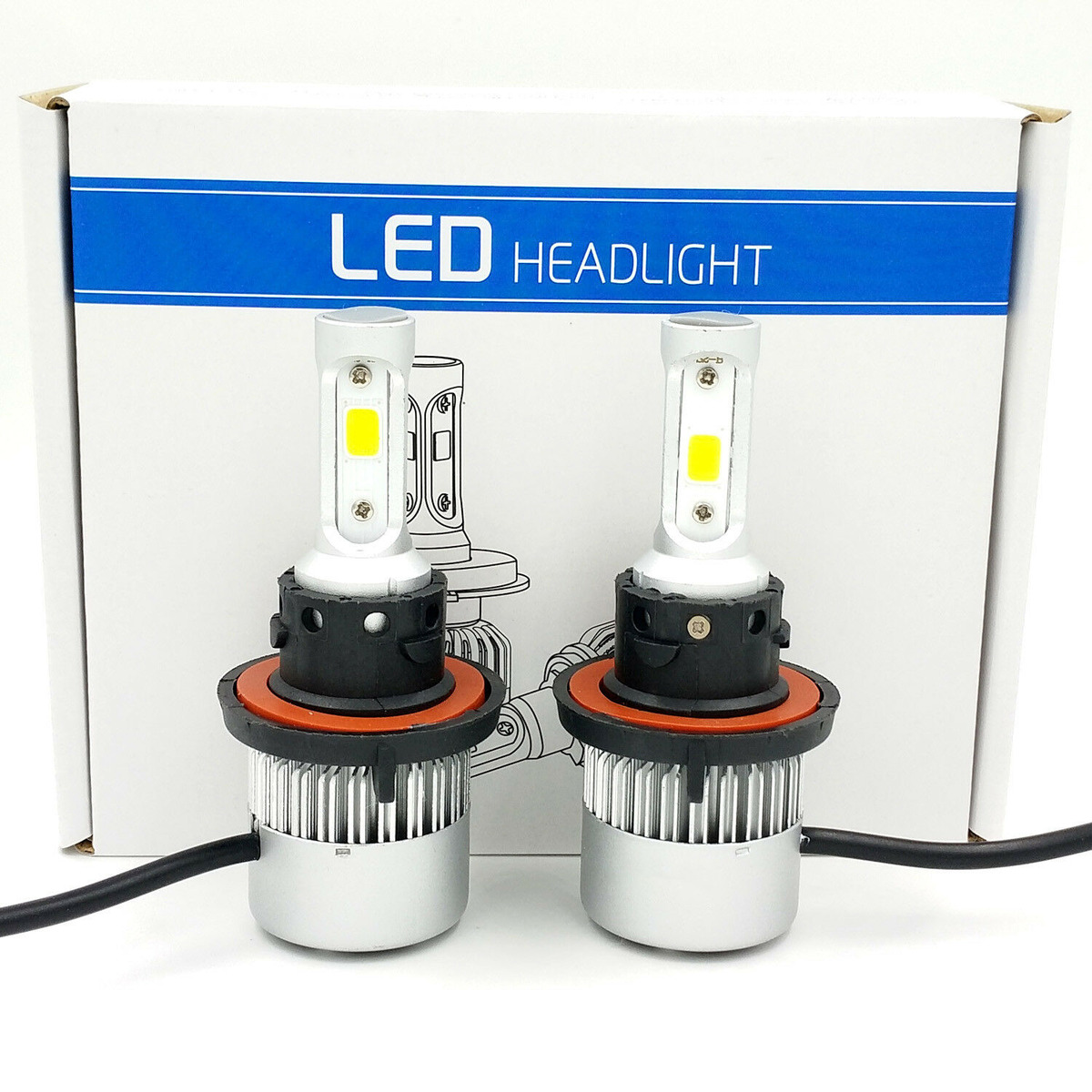
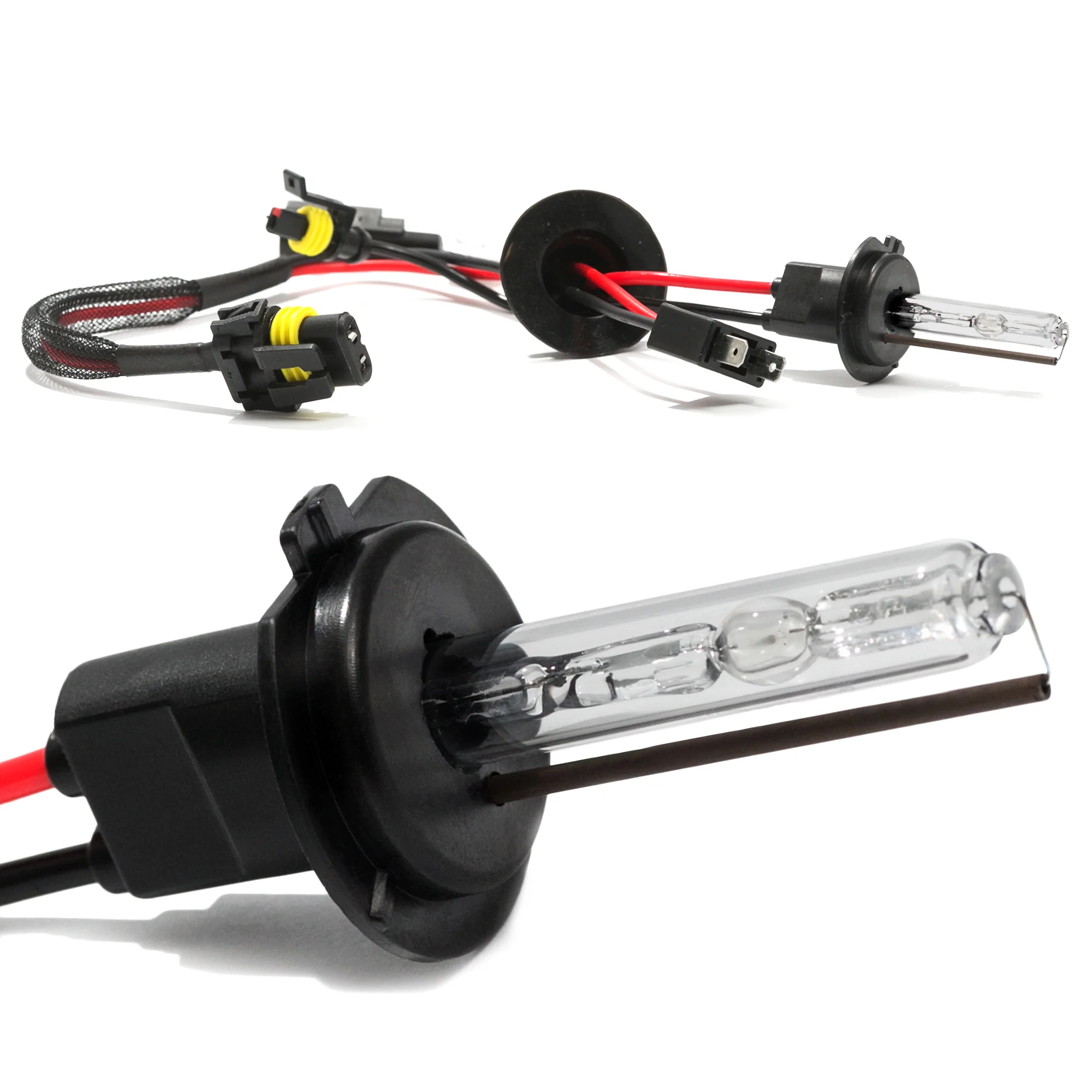
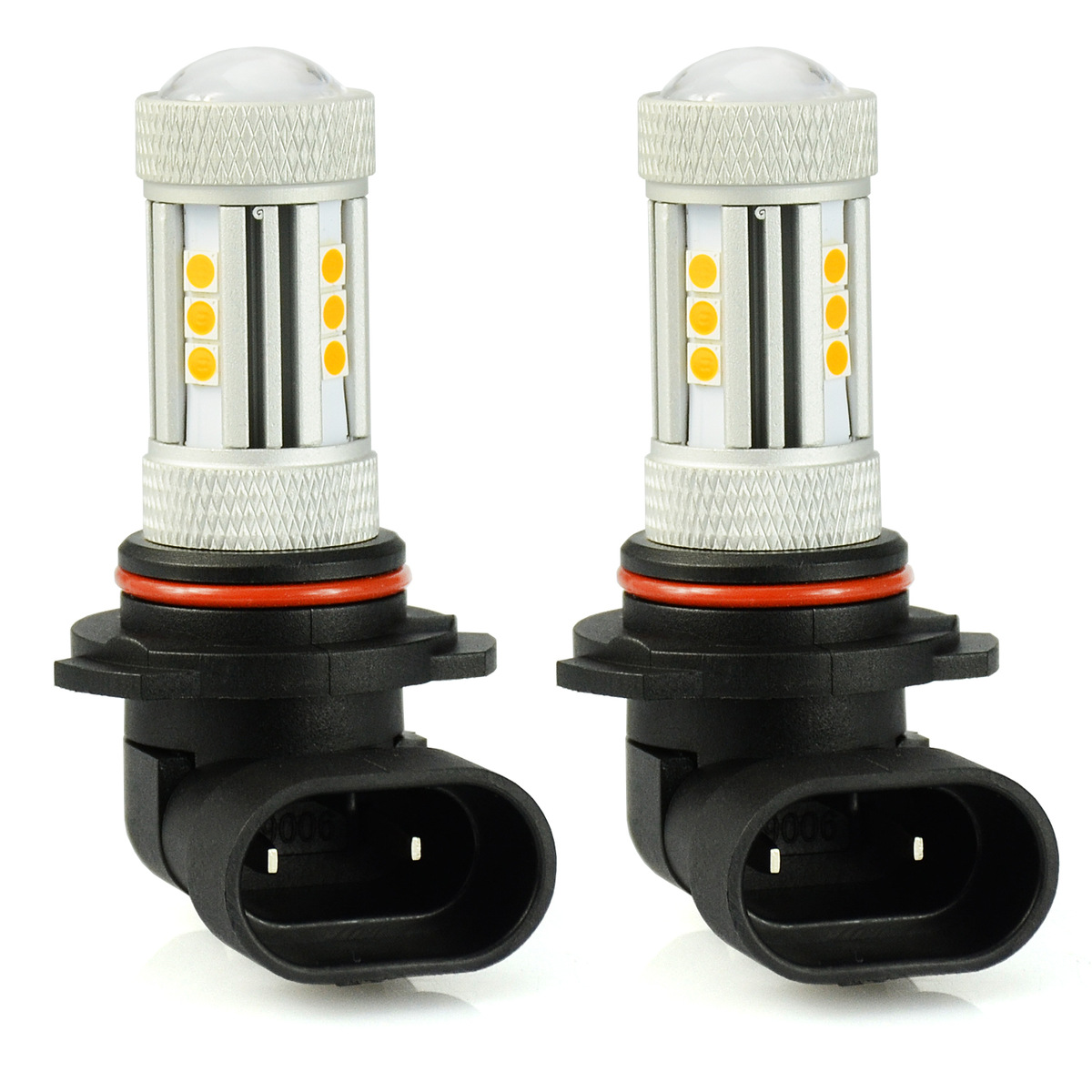
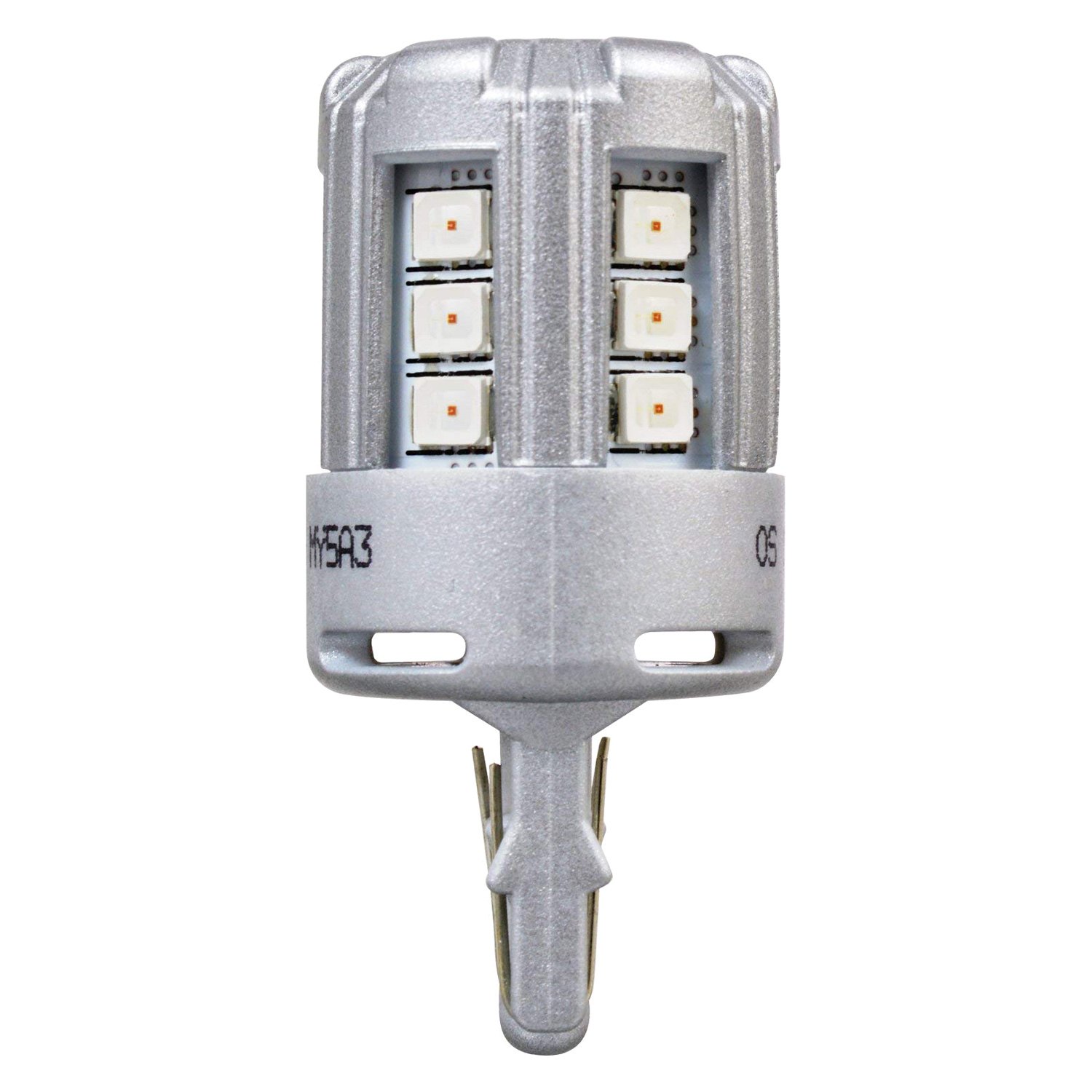
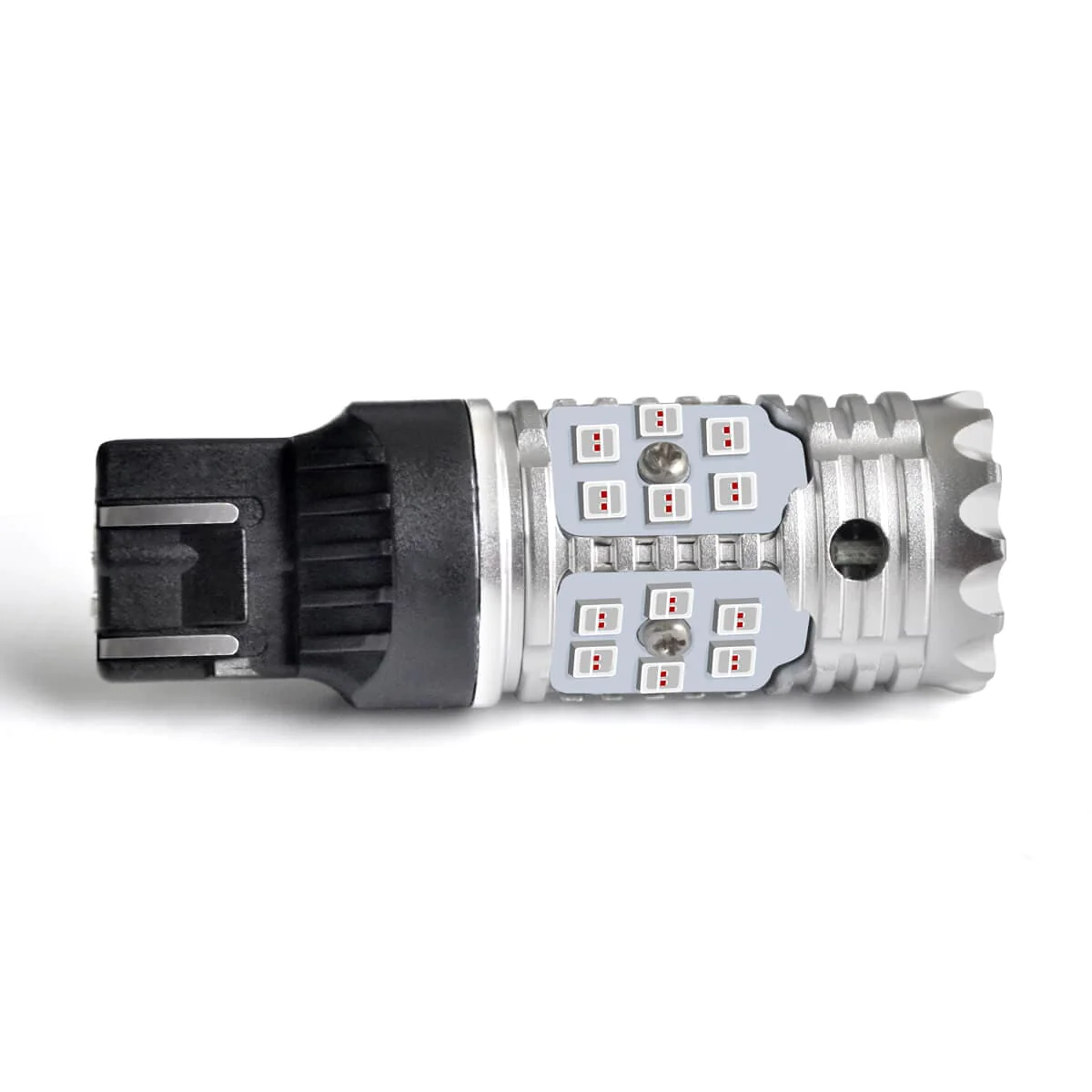
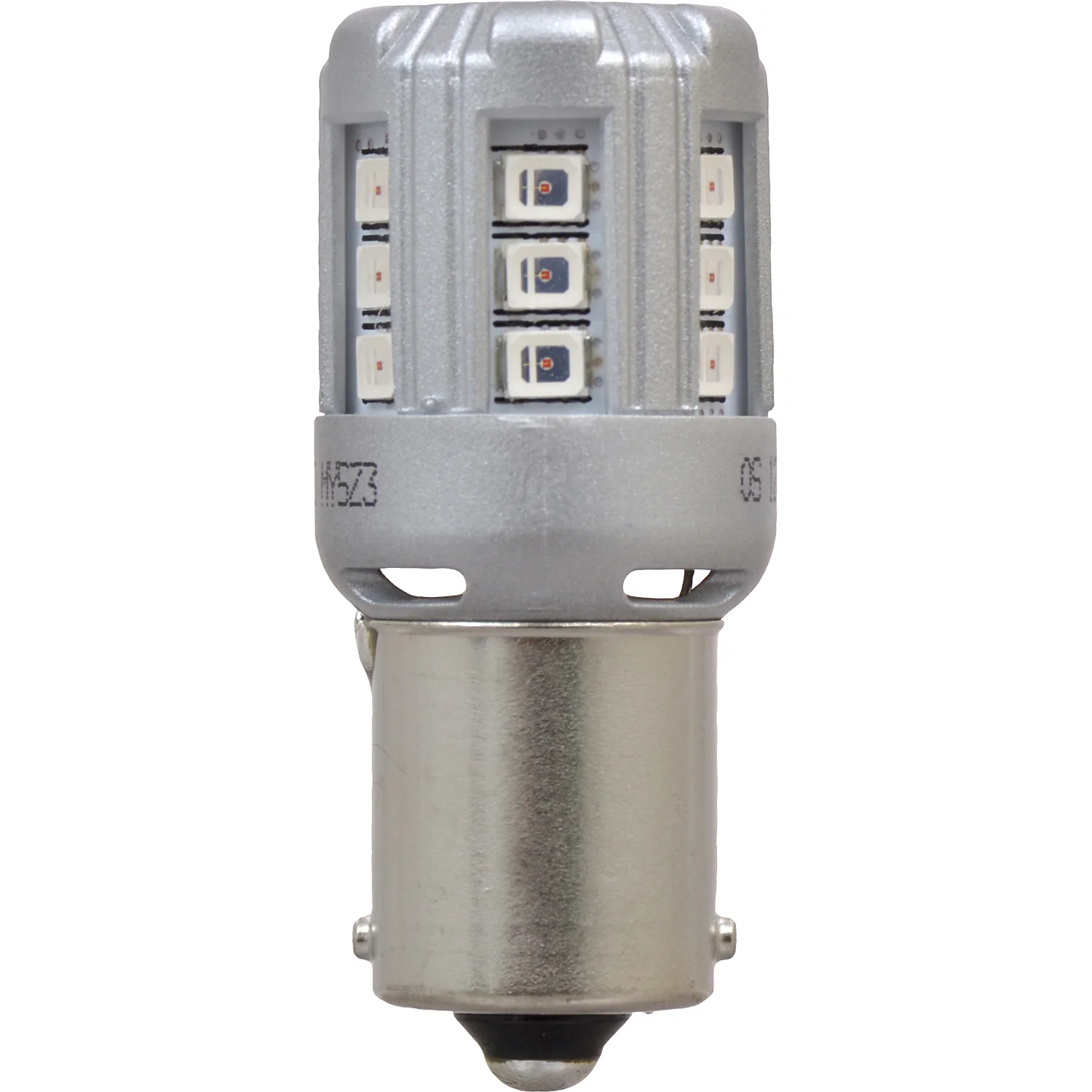
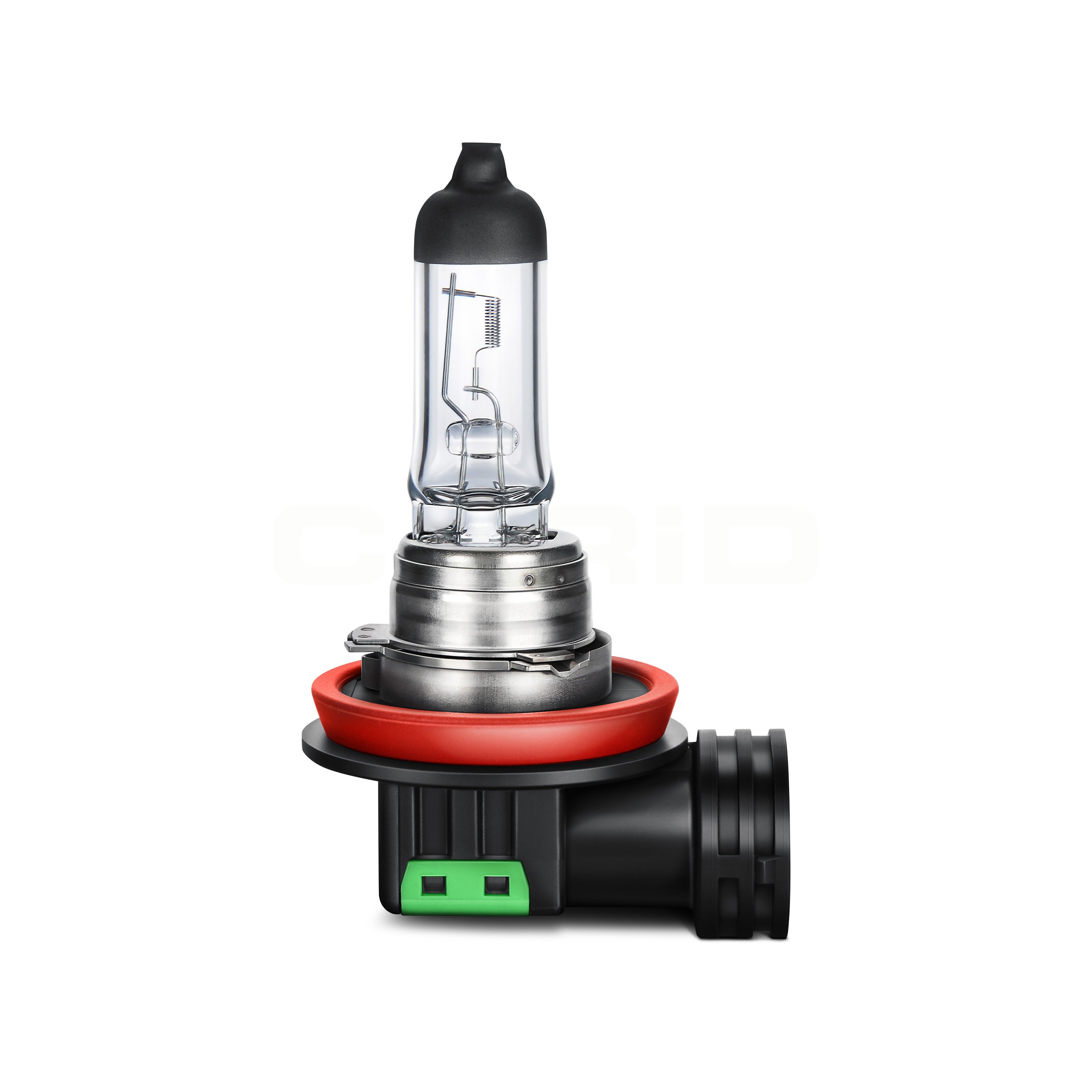
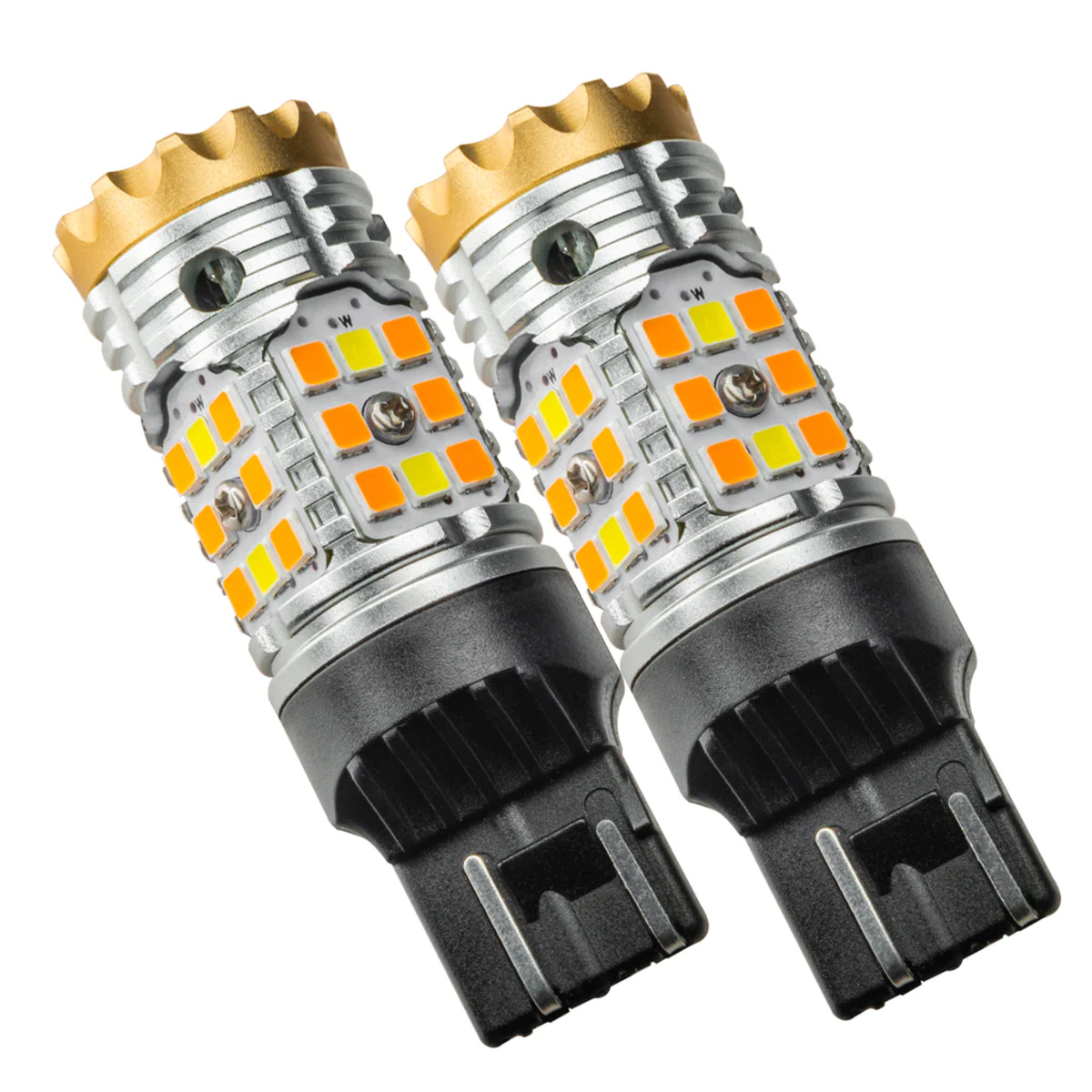
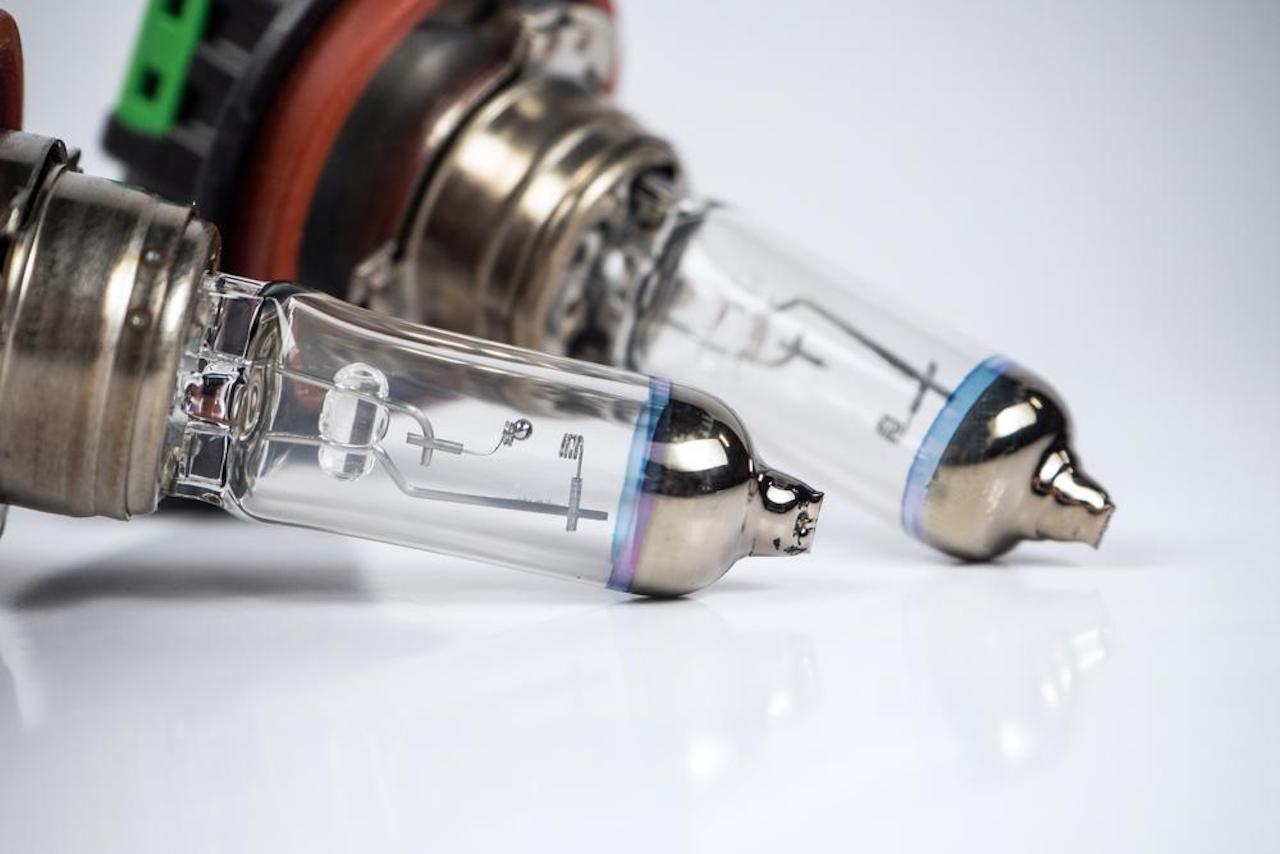
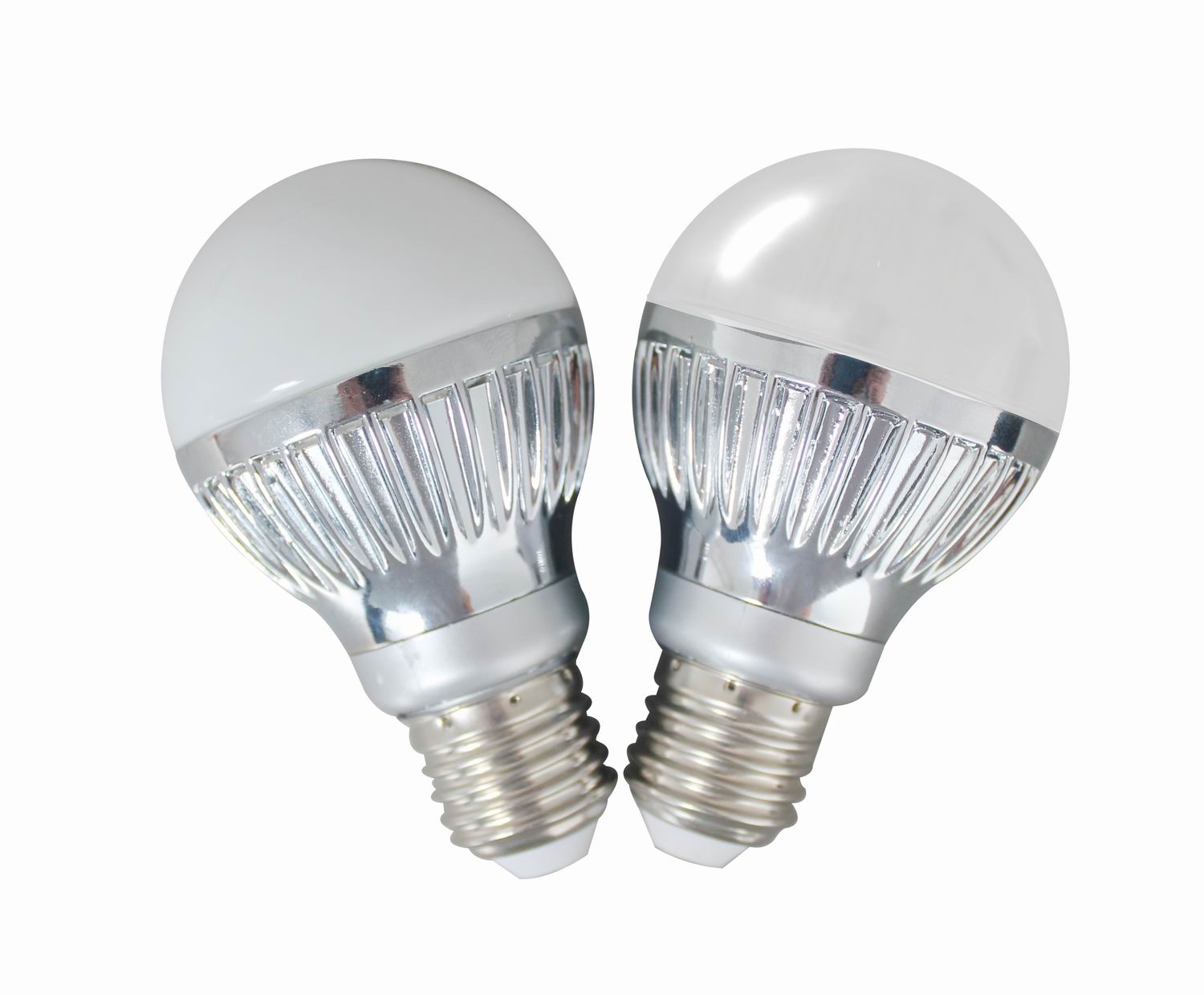

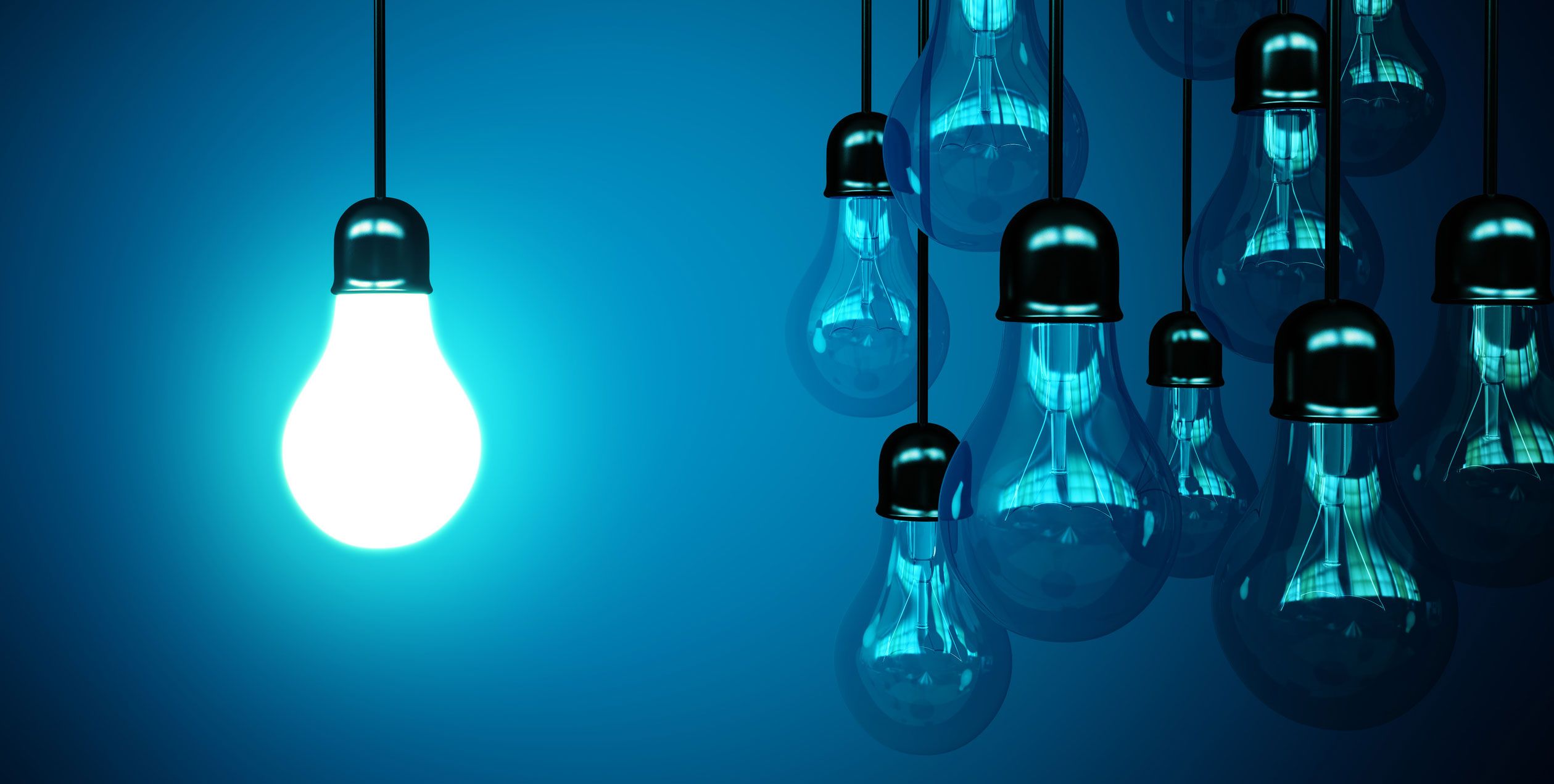
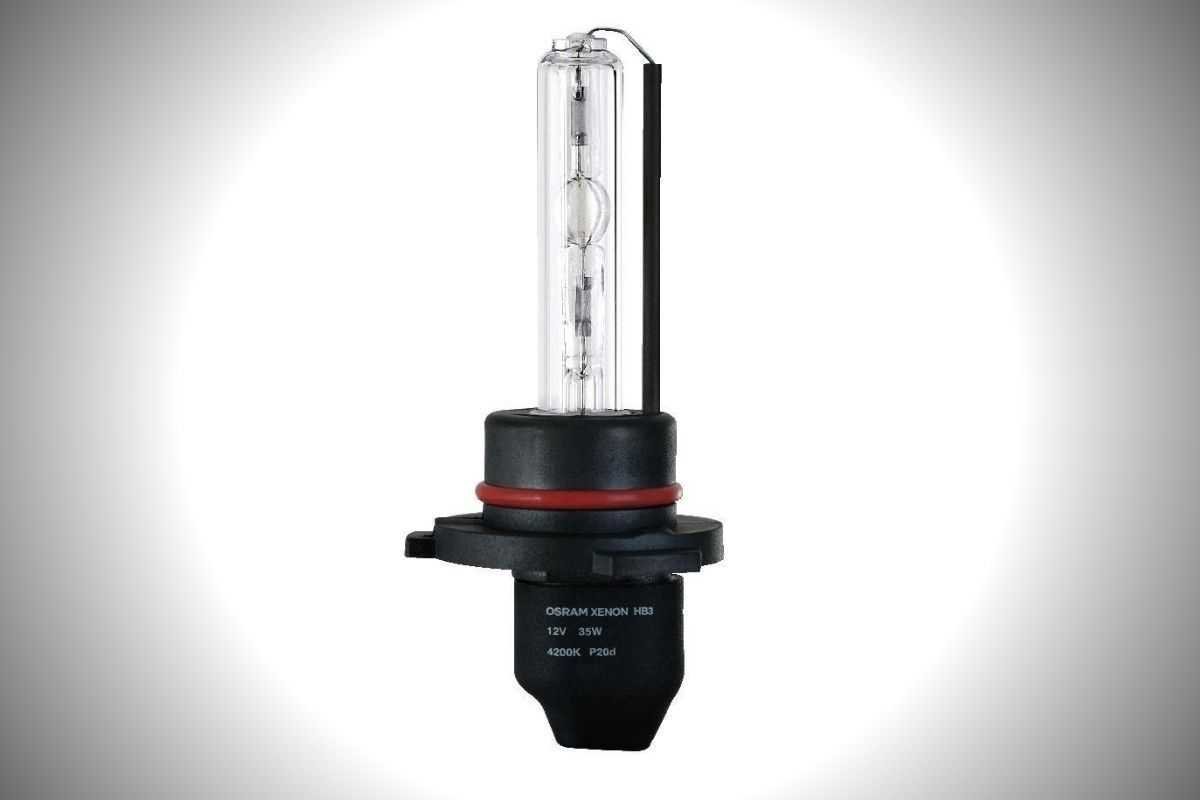
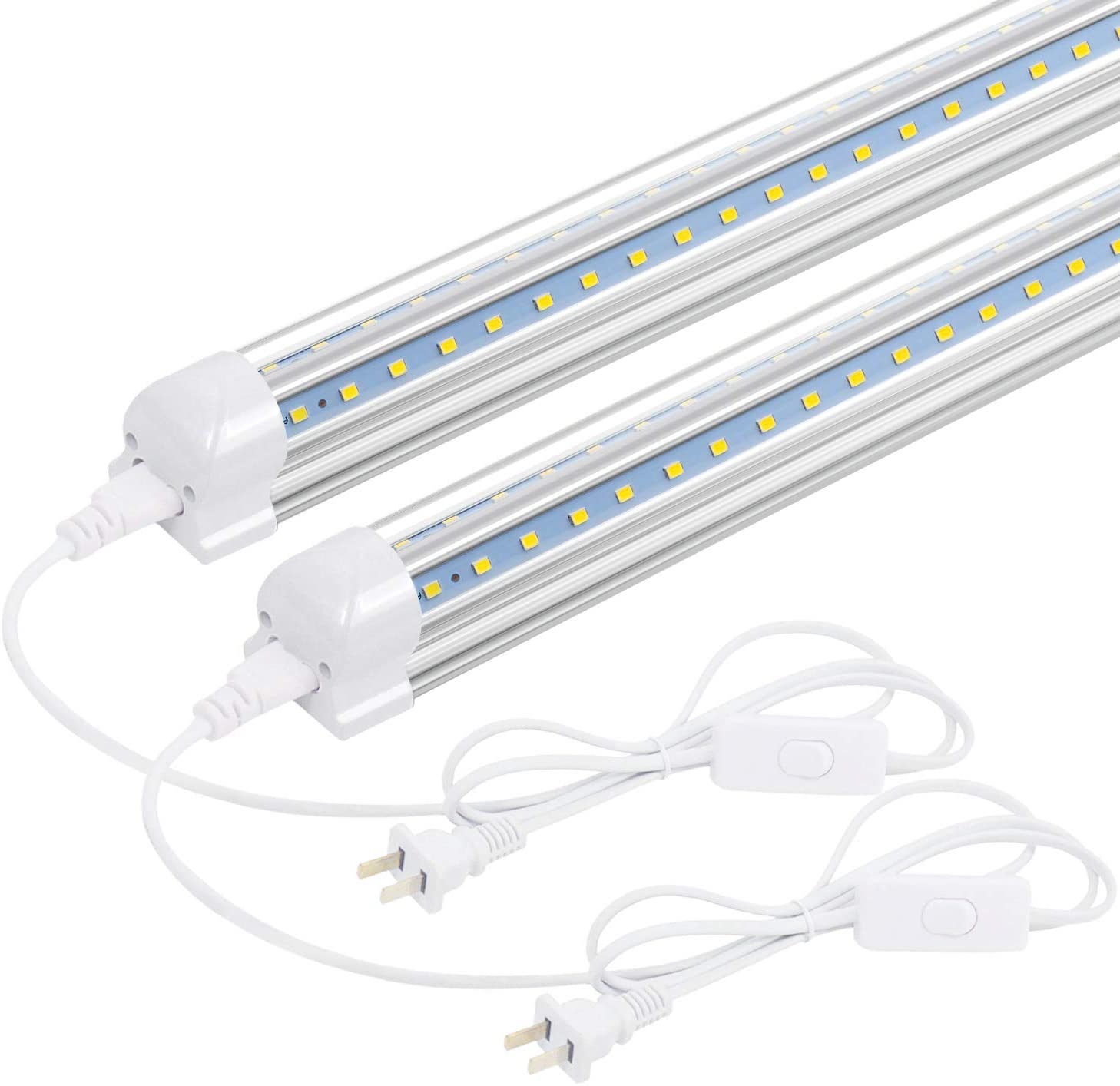

0 thoughts on “What Cars Fit A 7443 LED Bulb”